T4K3.news
EU rolls out digital border checks for UK travelers
From October 12 the EU introduces the EES with biometric checks and questions at kiosks, followed by a phased rollout across 29 countries and the later Etias visa waiver.
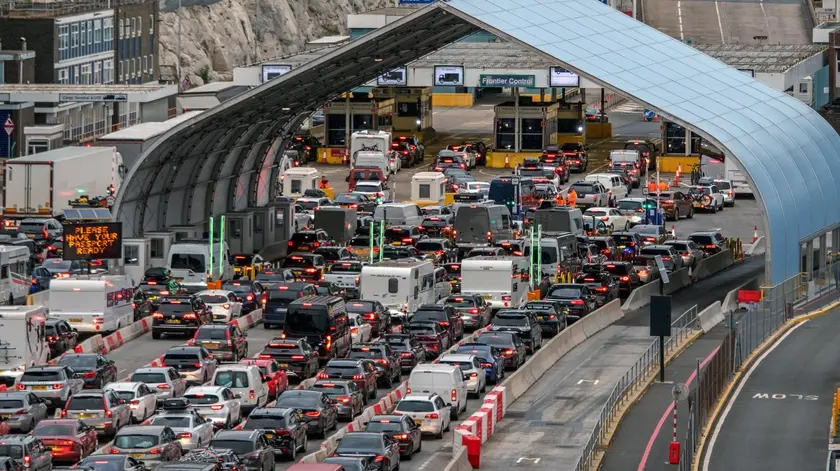
The EU will start a digital entry system on October 12 that requires biometric data and proof of trip for non-EU travellers, with phased expansion across 29 countries.
EU rolls out digital border checks for UK travelers
The European Union will begin deploying its new entry/exit system (EES) on October 12. Non-EU passport holders will need to provide biometric data—fingerprints and a photo—and answer questions about accommodation, funds, medical insurance and a return or onward ticket. At most airports and ferry terminals the process will happen at automated kiosks, with border officers stepping in if a traveler’s answers raise concerns. The EES is designed to identify overstays and automate some checks, while the 90-day limit in any 180-day period for Britons without EU rights remains in force. The rollout will be gradual: each country must have the system at one border point in the first month, then expand quickly. By April the scheme should be in operation across the 29 countries it covers. For travellers crossing from the UK by Le Shuttle, ferries or Eurostar, checks will largely occur on UK soil, with border work conducted at Folkestone and Dover. Officials expect a period of teething problems and possible queues as border staff and travellers adapt, but officials in Brussels say the system should make travel smoother and safer. In parallel, the EU is developing a mobile app for pre-checks and will introduce Etias from late 2026, a €20 visa waiver valid for three years for non-visa travellers. Cyprus and Ireland remain exempt from EES, and Irish or Cypriot passport holders can use EU queues directly. The EES will replace passport stamping and include a countdown showing how many days a non-EU traveller has spent in Europe.
Key Takeaways
"Its primary function is digitising the border."
ABTA official explaining the system’s aim
"More people are going to be asked these questions in the future than were in the past because most EES checks will be done at a kiosk."
ABTA official on how checks will shift
"Travelling will become smoother and safer for all."
EU official describing intended outcome
"You would be sent to a border guard if you answered the questions in a way the system didn’t expect."
Description of kiosk interaction and automated routing
The move signals a deeper push toward digital border management in Europe, with a clear aim to modernize controls and reduce manual checks. But the plan also carries practical risks for travellers and ports. Automated kiosks can speed up processing when they work, yet a faulty system or unclear guidance could create new bottlenecks at busy borders. The phased rollout mirrors a cautious approach after earlier pushbacks, but it raises questions about privacy, data security, and the fairness of automated triage. For the travel industry, there is a potential hit to punctuality and capacity, even as the industry braces for higher compliance costs and more complex itineraries. The policy also intersects with Brexit politics, indicating that shifts in border policy are as much about security and sovereignty as they are about convenience for tourists and business travelers. Overall, Europe bets that digital border checks will improve security without crippling mobility, but the path there will be bumpy and costly for some travelers and ports.
Highlights
- Digital borders don’t sleep and they don’t blink
- Kiosks are the new border checkpoints
- A small fee for a big change in travel habits
- More checks, fewer stamps, and a lot of waiting still
- The border is going digital and that changes everything
Border policy changes raise travel disruption risk
The phased rollout and possible border delays could disrupt travel plans and hit budgets, while the shift to digital checks raises privacy and implementation concerns across many countries.
The border rules are shifting Europe toward a digital frontier, and travelers will need to plan for a new normal.
Enjoyed this? Let your friends know!
Related News
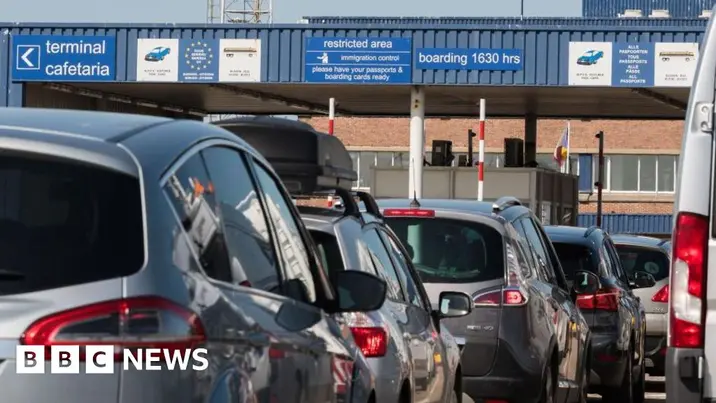
Biometrics to replace passport stamps at EU border
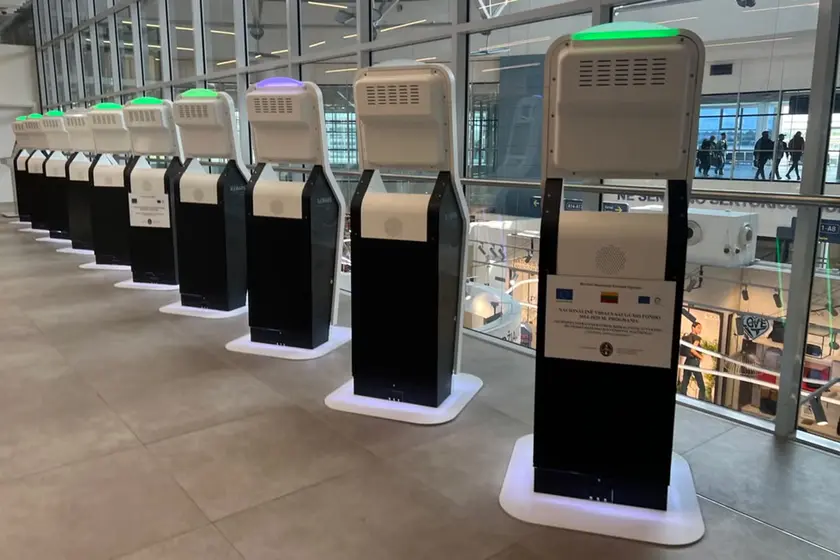
EU entry-exit system start date confirmed
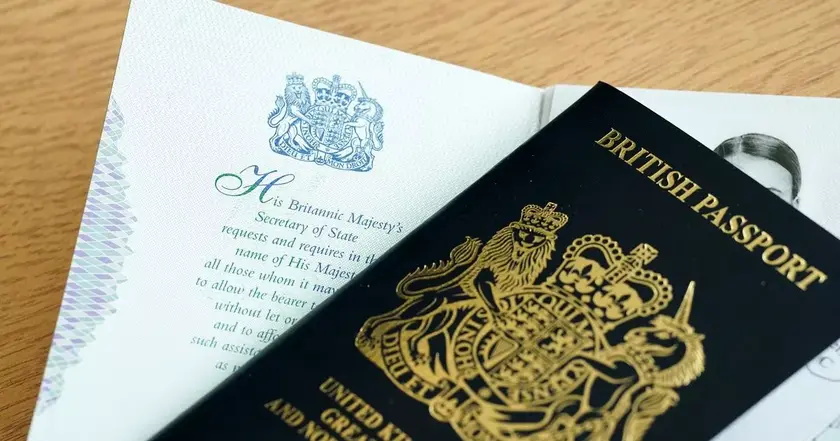
UK travellers face new EU entry requirements starting October
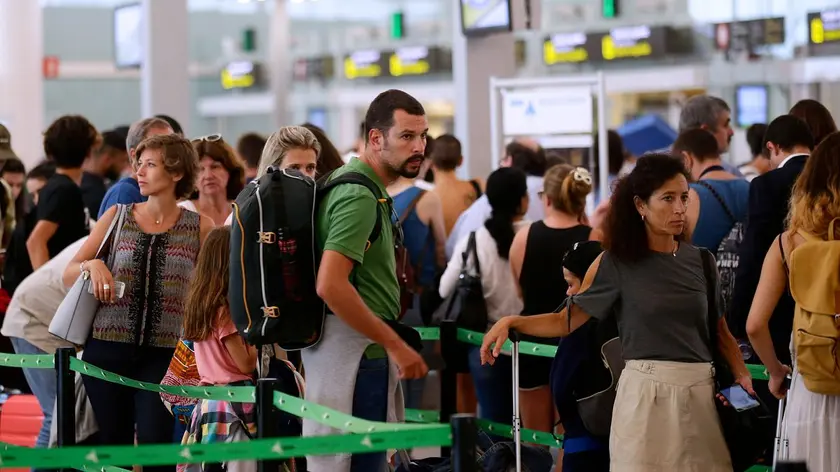
EU announces the start date for Entry/Exit System
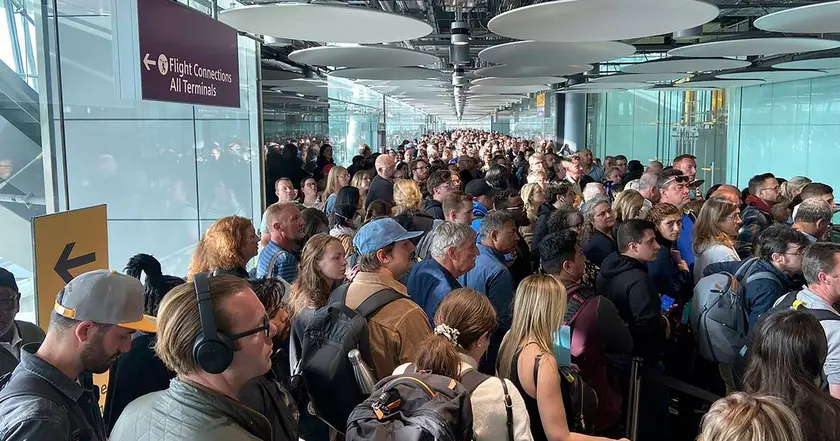
UK tourists warned of delays at EU borders

State Pension Age to Rise Starting 2026

EU expands high speed rail network to connect capitals

New travel rules require £17 fee for UK tourists
